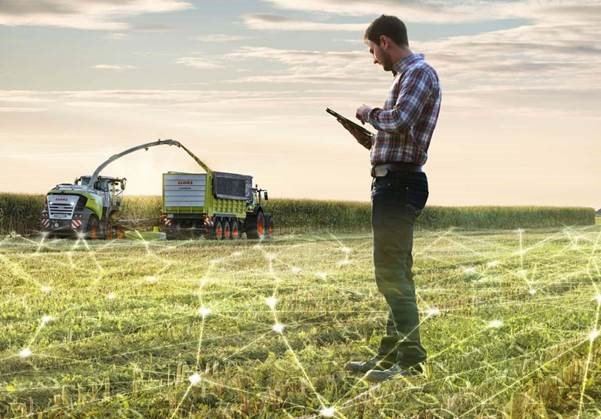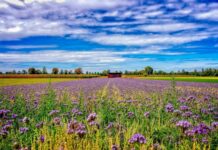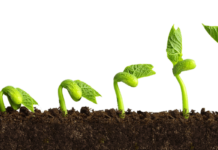In the dynamic landscape of modern agriculture, the precision farming market is sowing the seeds of innovation and efficiency. Valued at an impressive US$ 8,996.7 million in 2022, the market is set to burgeon further, with estimates reaching US$ 10,004.3 million in 2023 and a projected exponential growth to US$ 33,211.3 million by 2033, showcasing a remarkable CAGR of 12.7% during 2023-2033 as per report published by Persistence Market Research.
Revolutionizing Farming through Precision Agriculture:
Precision farming, synonymous with precision agriculture, leverages cutting-edge technologies to transform the cultivation landscape. Employing a slew of technological marvels such as agribots, autonomous vehicles, sensors, drones, and GPS-based soil sampling, this approach empowers farmers with real-time data, driving decision-making and enhancing productivity.
Technological Catalysts Driving Growth:
The surge in precision farming market is attributed to the infusion of technologies like GPS, IoT, and remote sensing applications. The Internet of Things aids farmers in monitoring crops, predicting weather conditions, and managing water content in the soil. Technological advancements, including driverless tractors and GPS sensing, contribute to achieving high yields with minimal waste.
Regional Prowess:
North America leads the global market, holding a substantial share of 26.8% in 2022, a position expected to persist in the forecast period. Meanwhile, Europe accounts for 21.2%, showcasing the widespread adoption of precision farming technologies across the globe.
Challenges and Opportunities:
While the precision farming market faces hurdles such as lack of awareness among farmers and high implementation costs, the potential for growth remains immense. Initiatives like IG International’s collaboration with Fyllo and the AFarCloud project’s funding from the European Commission underscore the industry’s commitment to overcoming challenges and fostering innovation.
Global Factors Influencing Precision Farming:
The increasing volume of data, encompassing variable rate seeding, yield monitoring, and historical crop rotation, plays a pivotal role in precision farming. Climate change and global warming add urgency to the adoption of precision farming practices, making it a critical component of sustainable agriculture.
Country-Specific Dynamics:
In the U.S., technological advancement and economic prosperity drive precision farming demand, making it one of the largest markets globally. Japan, with its technological infrastructure, promotes precision farming despite a declining agricultural workforce. India, while possessing tremendous growth potential, faces challenges due to a lack of advanced technology adoption in its agricultural sector.
Segment-wise Insights:
Precision farming hardware dominates with a market share of 41.2%, owing to its diverse applications and affordability. Soil monitoring, with its array of cost-effective technologies, commands the largest market share by application at 18.7% in 2022.
Key Players Cultivating Innovation:
Companies like AgJunction Inc., Raven Industries Inc., and CNH Industrial N.V. are at the forefront of precision farming advancements. Innovations like AutoNxt Automation’s driverless electric tractor and IRDA’s precision fruit tree farming method exemplify the industry’s commitment to pushing boundaries.
Precision farming is not merely a technological evolution; it’s a revolution that promises to redefine the future of agriculture. As the market continues to grow, embracing challenges and seizing opportunities, it positions itself as the cornerstone for sustainable and efficient farming practices on a global scale. The precision farming journey has just begun, and the harvest of the future looks more promising than ever.








